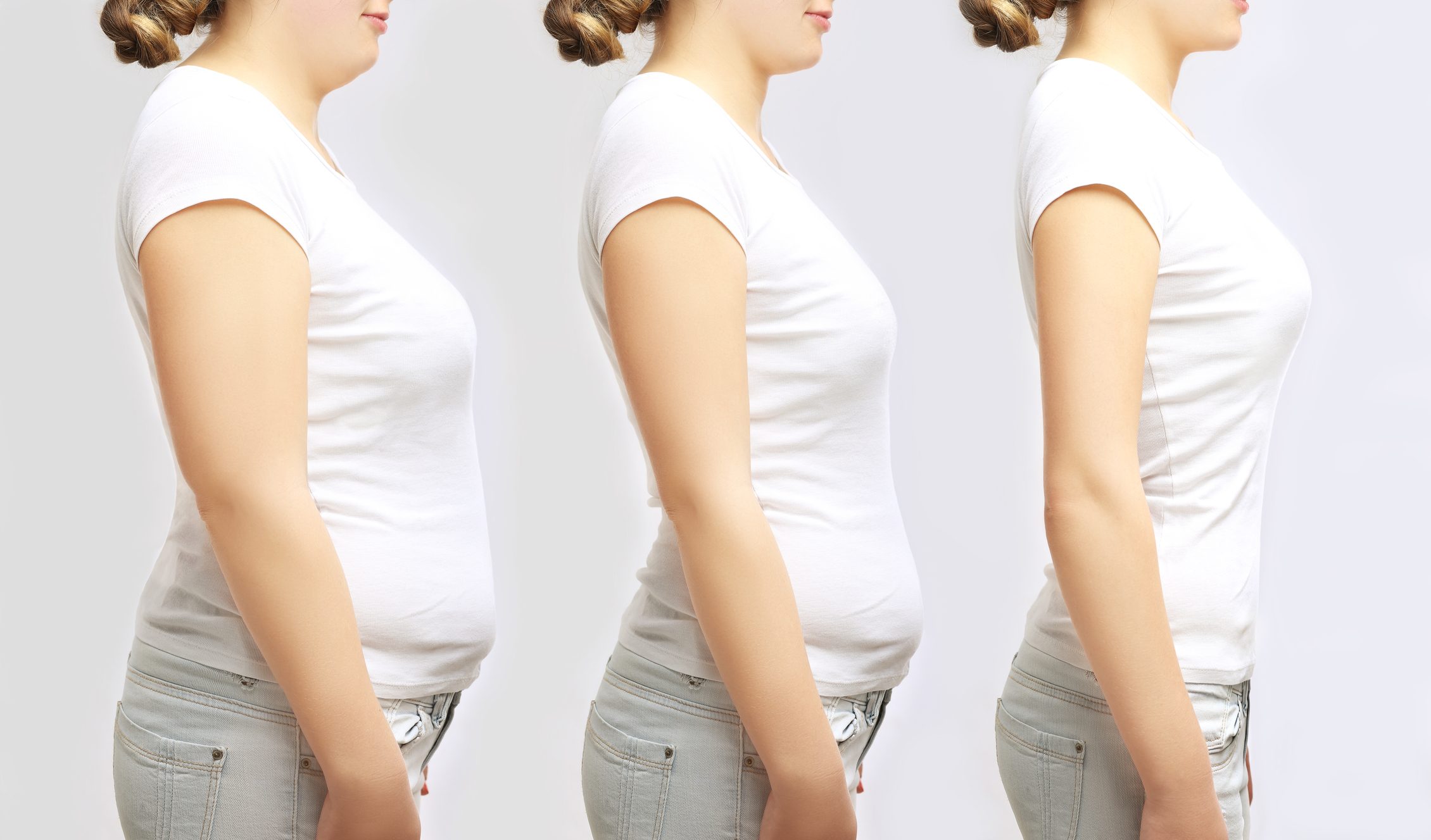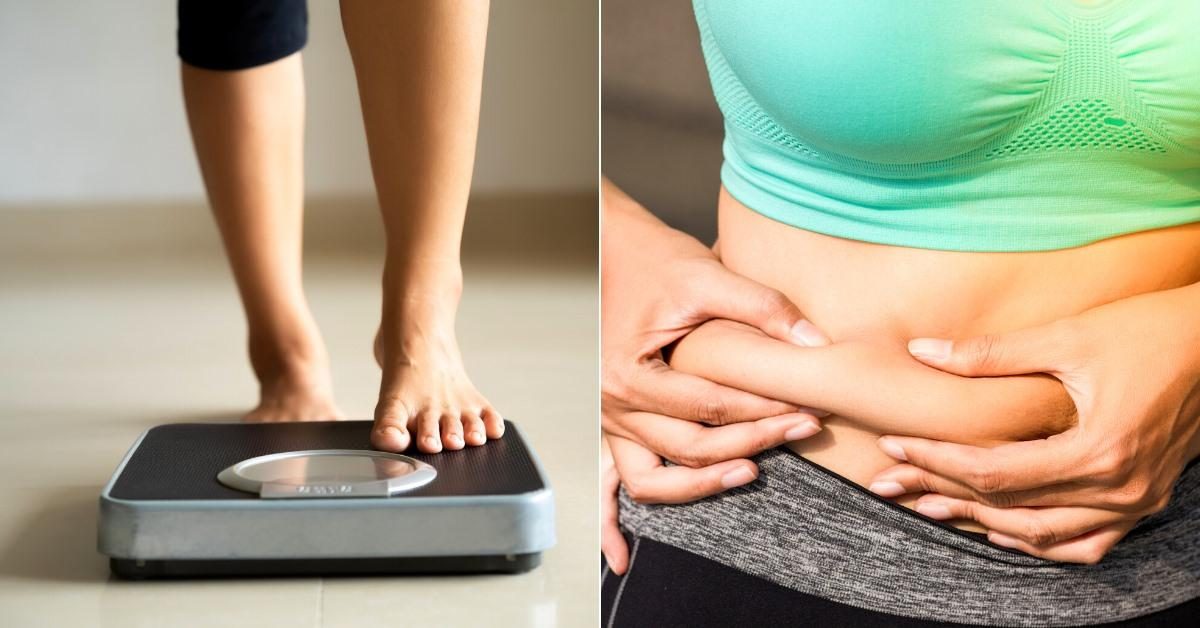How Long Does It Take to Notice Weight Loss?
However, generally most people start to see results from dieting in one to two weeks when they stick to their plan.
;Resize,width=742;)
We’re all desperate to see weight loss results when we start a diet, but it can vary from one person to another.
Different factors like your starting weight and your eating plan can affect how fast you lose weight. However, generally most people start to see results from dieting in one to two weeks when they stick to their plan.
Starting Size

Your starting size will be a factor in how quickly you get results. If your weight falls into the obese category on the body mass index (BMI), you could lose as much as 20 pounds in a single day – however, even that amount of weight loss may not be very noticeable at first if you have a larger frame.
For small-built women with a lower BMI who lose that 20 pounds, it can be the difference between a few clothes sizes. Realistically, it would be nearly impossible and dangerous for a smaller-sized woman to lose that weight in a day.
So, if you start your weight loss with a lower BMI, you probably have less weight to lose, and it will likely come off slowly at one or two pounds per week. Those starting at a larger size will probably lose weight faster, especially in the early weeks of your diet.
Type of Diet

Plans such as Atkins and the South Beach diet have an initial phase that gives an accelerated weight loss.
You can lose five pounds or more a week during this phase, and you will notice results sooner. The downside is that this weight is likely to be water loss, not fat loss.
Carbohydrate Intake

Restricting carbohydrates can lead to fast water loss, as the body needs carbohydrates to store water. When you reduce the amount you consume substantially, you lose the water needed to store them.
Getting rid of excess water makes you look and feel slimmer, even though the body fat you have hasn’t changed. Reducing carbs can be a good choice for weight loss, but it needs to be part of a bigger program of healthy eating to sustain weight loss.
Weighing Frequency

If you weigh yourself less often, you are more likely to see bigger changes on the scale. If you weigh once a week, you will see the total number of pounds lost over seven days, but if you weigh every day you will only see small changes. This makes it feel like you are only slowly losing weight.
Method of Measurement
You’re likely to see weight loss on the scale first, especially if you have high-tech scales. Changes in clothing come next, although your actual size won’t change straight away. You will notice that your clothes fit differently, and eventually, the weight loss will result in a change in clothes size.
Finally, you’ll see changes to each body part, and you’ll probably see them sooner if you are doing an exercise program because exercise can change your body shape.
Remember that if you are exercising, increased muscle mass can make you gain weight on the scale even though you’re getting smaller, so it doesn’t pay to focus solely on the scales as an indicator of weight loss.
How Long Until Your Clothes Size Changes?

Lots of people look forward to when they can go to the store and try on a smaller clothing size. How long does it take before you can drop a size?
It varies, especially because height matters.
If you are around 5 ft tall, a 10-pound weight loss may mean you have lost up to 10% of your body weight, and that could mean your clothing can change by up to two sizes. If you are a very tall, athletic woman, 10 pounds probably won’t be all that noticeable, and may not change your clothes by even one size.
A rule of thumb is to expect to change one clothing size with every 10-12 pounds of weight loss.
Your bra size may get smaller a lot faster than your jeans size, and your clothes size depends on the measurement of each body part. To drop a size, here is a rough guideline:
For pants – you need to reduce your waist by 1. 1.5 in and hip size by the same.
For tops – reduce your bust and waist by one inch in size 8 and under, and 1.5 inches in size 10 and up.
For dress size – reduce your waist, bust, and hip measurement by around one inch each depending on the style of the dress.
Typical Timeline for Weight Loss

Week one: You will probably see a change in the scale of up to five pounds, and likely to feel better. You won’t see major changes yet.
Week two: You are likely to see changes in how your body looks and how you feel. Clothes start to feel looser, and exercise begins to get easier.
Week three: You often really gain momentum at this stage, and you should start to feel like you’re succeeding.
Week four: You may find that you have lost enough weight to drop a clothes size.
Week five and further: Your eating plan should feel normal to you now, and you may decide to follow an adjusted eating plan to maintain your weight.
;Resize,width=767;)
;Resize,width=712;)
;Resize,width=712;)
;Resize,width=712;)
